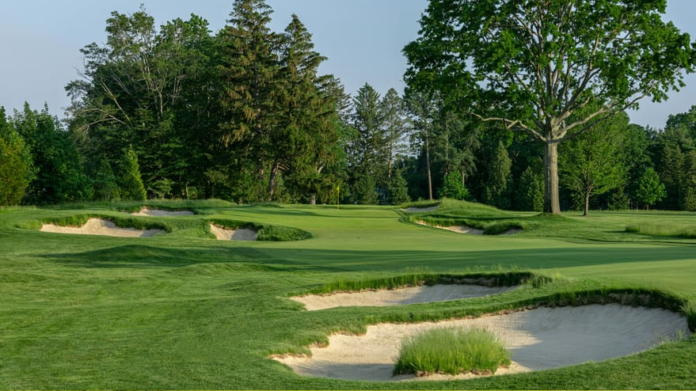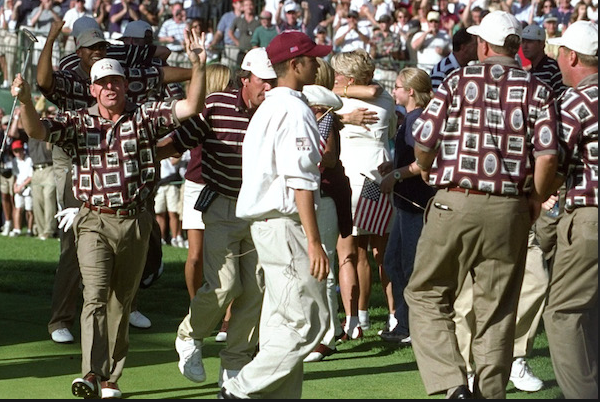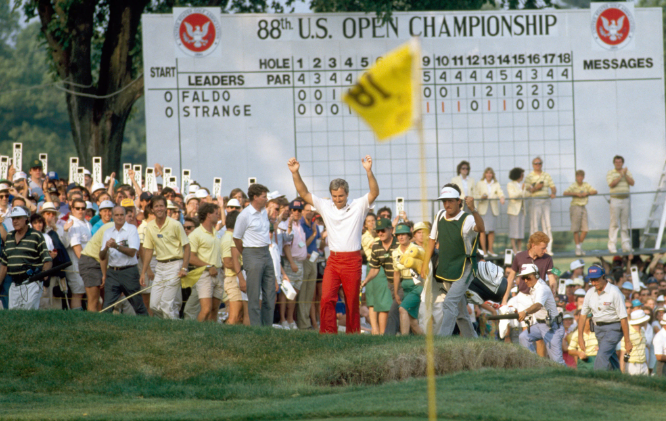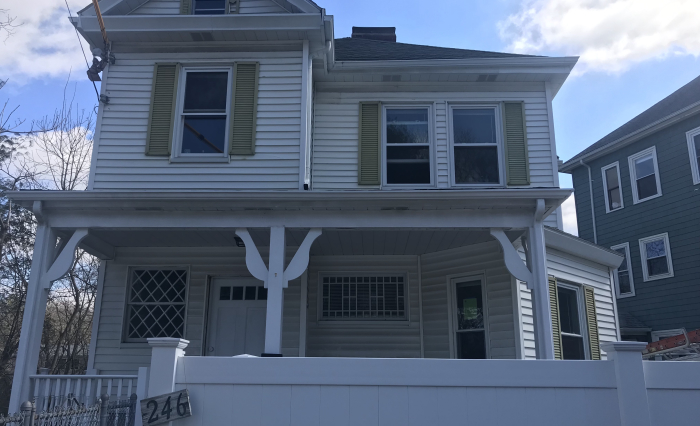
BROOKLINE, Mass – The 373-yard 17th hole at The Country Club is a par 4 steeped in golf history unlike any other.
The hole – a/k/a “Elbow” to members – requires a mighty drive straightaway then doglegs left with a clear view to an oblong-shaped green bordered on both sides with bunkers.
It’s been around a long time, but not quite as far back as 1882 when The Country Club was established. According to John Bodenhammer, Chief Championships Officer for the USGA, the hole is destined in some way to determine the outcome of the 122nd U.S. Open.

“The Country Club design offers and ebb and flow to it like no where else,” he said in a pre-championship interview. “This U.S. Open will be a good-ole fashion test of golf for the world’s best players. The magic of playing at The Country Club is special because of the history of the 17th hole.”
Remember an epic event held here in 1999 called the Ryder Cup Matches? Battling back from a 10-6 deficit through two days of team play, the Americans had a chance to win, but they desperately needed at least a half-point out of Justin Leonard’s match against Jose Maria Olazabal.
Somehow Justin Leonard slam-dunked his 40-footer into the cup on the 17th green, sending the boisterous crowd, the American players and wives, and U.S. Team Captain Ben Crenshaw into a frenzy. The drama and ensuing wild scene on the 17th green is etched fondly in the minds of golf fans as an all-time favorite moment.

Captain Ben Crenshaw was infamously photographed kissing the green in jubilation.
How about flashback to 1988? In the final round Curtis Strange three-putted for bogey, leaving him tied with Nick Faldo in the 1988 U.S. Open. Under enormous pressure he parred the 18th hole to tie Faldo, then went to win the 18-hole playoff the next day, 71-74.
In the 1963 U.S. Open, Julius Boros was two strokes behind Tony Lema standing on the 17th and 71st hole. Boros pulled even at 17 when he birdied and Lema made bogey. Jacky Cupit and Arnold Palmer could have won outright, only they made double-bogey and bogey, respectively, at 17 to join Boros in a three-way tie for first. Boros won the playoff and made birdie on 17 again.
In the early 1900s, a 20-year lad named Francis Ouimet grew up at 246 Clyde Street, about 500 yards from the 17th green. Ouimet stunned the sports world by winning the 1913 U.S. Open.

Francis Ouimet birdied No. 17 in Round 4 to help get into a playoff against Harry Vardon and Ted Ray. His stunning 18-hole playoff victory was nailed down with another birdie at 17.
If you embrace the history of major golf events, it starts with the 17th hole at The Country Club, the penultimate hole.
“You can’t buy golf history,” added Bodenhammer. “You can only earn it.”
History tells us the 17th hole is prime turf for drama.











Leave a Reply